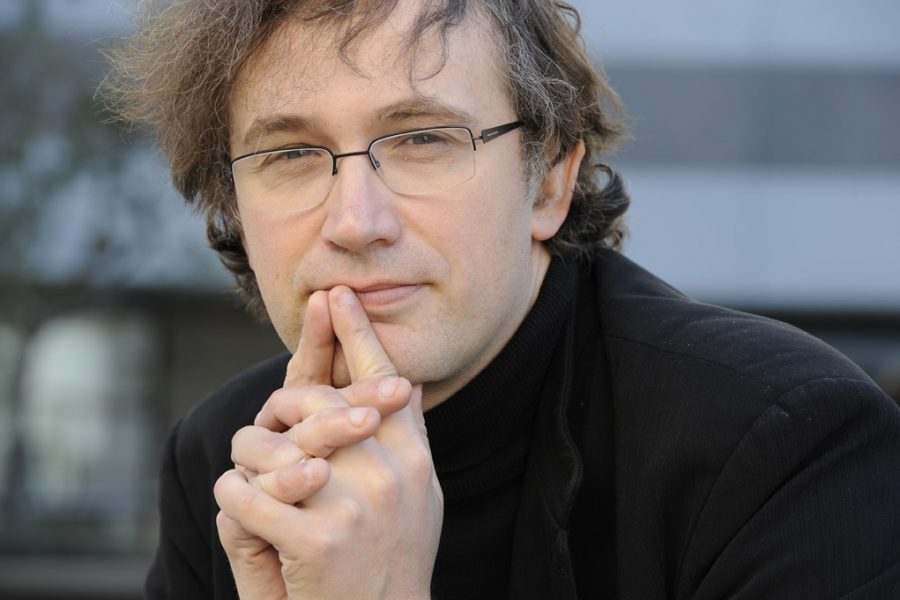@ Usher Hall, Edinburgh, on Fri 20 Nov 2015
Those with long memories may well remember the once rather undervalued Usher Hall organ spluttering to a standstill during one particular performance of Saint-Saëns’ Symphony No. 3, the “grand finale” of tonight’s well-balanced programme. Hearing the organ in all its beautifully restored glory, one can only remain confused by the lack of action that left the instrument sadly silent for so many years.
The RSNO are in top form under Jun Märkl, a conductor who is clearly in complete control and is thus able to ease out every nuance from the music. The programme begins with Liszt’s symphonic poem Les Préludes, a work reeking of both its time and place. Its musical language is so well known to us that it would be easy for any competent orchestra to trundle through it without making much effort. However, Märkl brings Les Préludes completely alive, exacting both precise phrasing from the orchestra and a generally well-balanced sound overall, the latter only upset by a somewhat uncontrolled brass colour.
The Liszt is the well-chosen prelude to Poulenc’s Organ Concerto, performed by the French organist, improviser and composer Thierry Escaich. Escaich brings an amazing array of organ colours to the work, his registration always spot on, even down to a surprise but highly effective use of tremulant. Despite the Frenchness of the work, Escaich allows this most English of organs to remain absolutely itself, while still managing to squeeze out every drop of its potential.
Set free from the rest of the band, the RSNO strings produce a very tight sound indeed, with Märkl again demanding real musical meticulousness. The balance between organ and orchestra is exemplary, ensuring the whole performance has a beautiful clarity to it.
Saint-Saëns’ well-loved Organ Symphony finishes the evening. Here, the organ has more of an accompanying role and the Usher Hall organ—absolutely in its element now—demonstrates just how well blended orchestra and organ can be. Escaich completely understands the organ’s place in the ensemble, and is never tempted to foreground it unnecessarily in order to make some sort of faux concerto of the work (as some unfortunately do).
This is certainly a hat trick for Märkl. His continued attention to the details of the music brings the subtly of Saint-Saëns’ orchestration into relief, and makes the 3rd Symphony far more than just a series of well-known “big tunes”. Again, the brass section’s occasionally harsh fortissimo doesn’t always sit well with an otherwise cohesive orchestral sound. However, this cannot detract from what is a very satisfying finish to an excellent concert overall.


Comments